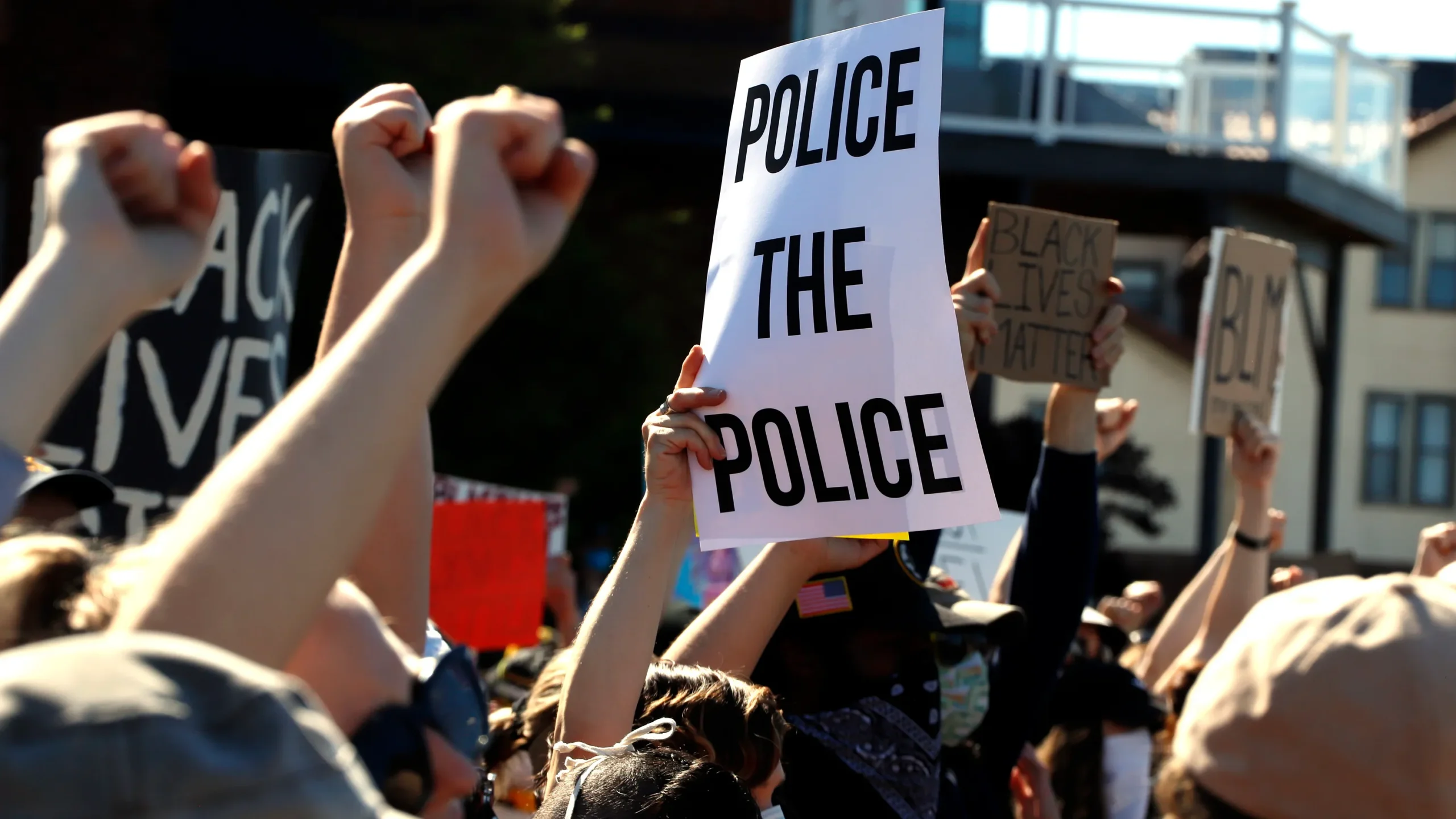Police brutality has been a persistent problem in the United States for decades, but it has gained renewed attention in recent years due to high-profile cases of unarmed black men being killed by police officers. While many police officers are committed to serving and protecting their communities, there are systemic issues within law enforcement that contribute to police brutality and undermine public trust. Addressing these issues is essential for ensuring that law enforcement serves the needs of all communities and operates in a fair and just manner.
The Prevalence of Police Brutality
Police brutality is a widespread problem in the United States, affecting communities of color and other marginalized groups in particular. According to data compiled by Mapping Police Violence, police killed over 1,000 people in the United States in 2020, and black people were three times more likely to be killed by police than white people. In addition to fatal incidents, police brutality can take many other forms, including excessive force, racial profiling, and harassment.
Root Causes of Police Brutality
There are many factors that contribute to police brutality, including systemic racism, militarization of law enforcement, lack of accountability, and inadequate training. Systemic racism is particularly pernicious, as it leads to biased policing practices that disproportionately target people of color. The militarization of law enforcement, which involves the use of military-grade equipment and tactics, can also contribute to police brutality by creating a culture of aggression and violence. Lack of accountability for police officers who engage in misconduct is another major contributing factor, as it allows officers to act with impunity and erodes public trust in law enforcement.
Reforming Law Enforcement
Reforming law enforcement to address issues of police brutality is a complex and multifaceted process that requires a range of strategies and initiatives. Some of the key reforms that have been proposed or implemented include:
1. Increased Accountability: Holding police officers accountable for their actions is essential for preventing police brutality. This can be achieved through measures such as civilian oversight boards, independent investigations of police misconduct, and increased use of body cameras.
2. Community Policing: Community policing involves building relationships between law enforcement and the communities they serve. This can be achieved through initiatives such as community policing programs, which involve officers working closely with community members to identify and address local issues.
3. Bias Training: Providing police officers with training on implicit bias and cultural competency can help to reduce biased policing practices and improve interactions between police officers and the communities they serve. This type of training can help police officers understand their own biases and develop strategies for overcoming them, as well as provide them with the cultural knowledge necessary to serve diverse communities in a respectful and effective manner.
Conclusion
In conclusion, police brutality is a serious issue that undermines public trust in law enforcement and harms communities of color and other marginalized groups. Root causes of police brutality include systemic racism, militarization of law enforcement, lack of accountability, and inadequate training. To address these issues, a range of reforms have been proposed or implemented, including increased accountability, community policing, and bias training. By implementing these reforms, we can work towards a more just and equitable law enforcement system that serves the needs of all communities.










